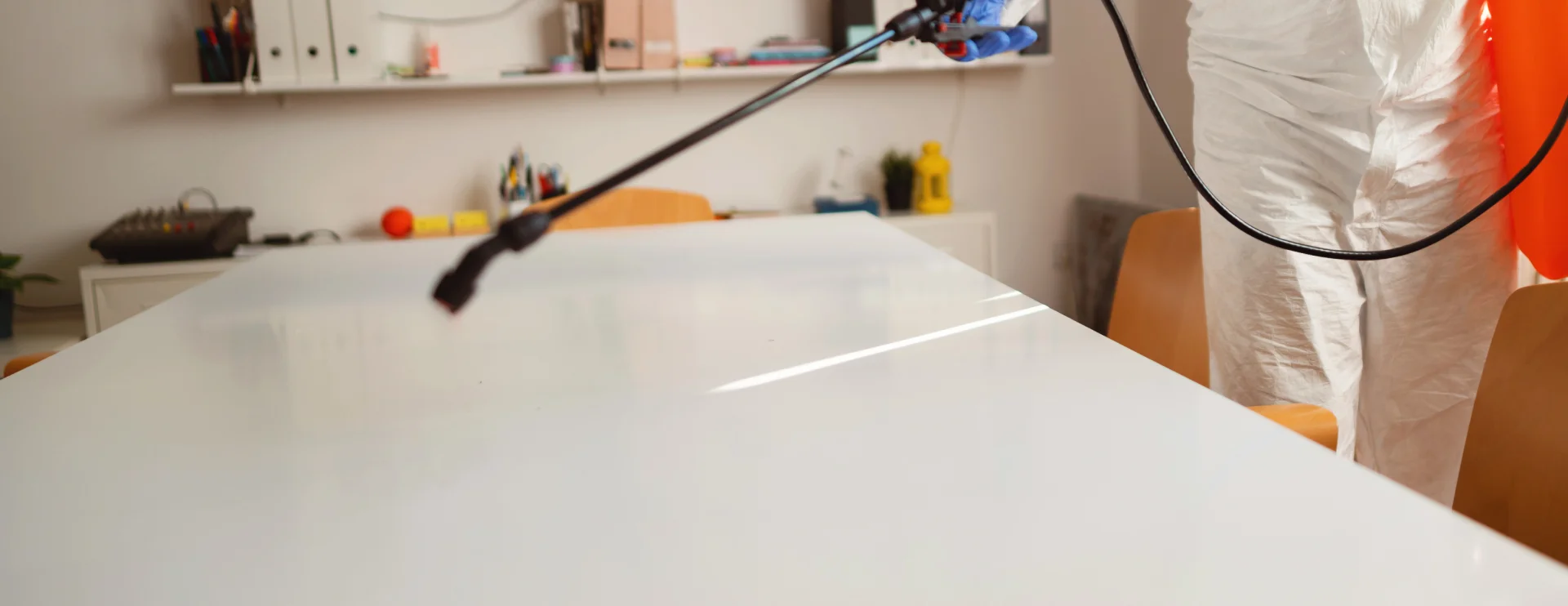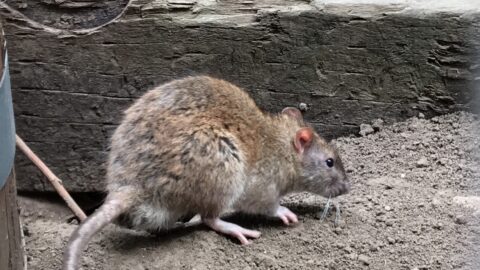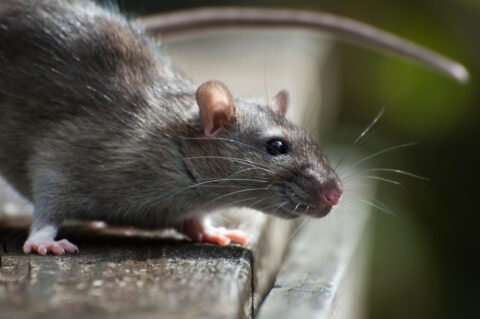Mice are drawn to homes for three primary reasons: food, water, and shelter. Even a spotless home can appeal to them if it meets these needs. Food scraps left on floors and surfaces are a bonus to them.
Mice seek shelter, especially in cold weather, and favor places where they can safely nest and raise their young. Their flexible bodies can squeeze through dime-sized holes—if their head fits, so will the rest.
If you’re a homeowner facing a mouse issue, it doesn’t mean you’ve neglected your home. Mice are scavengers by nature and instinctively curious, exploring their surroundings. They seek places with available food, water, and shelter, so if they detect food and water sources, your home will naturally attract them.
It’s not a reflection on you. Mice are simply assessing your home for resources. If they can’t find what they need, they will eventually move on.
Overview of Mice
Mice are small, light-brown to gray rodents with features similar to rats, though they are smaller. Weighing about half an ounce, they have tails as long as their bodies and small black eyes. They have a lifespan of one to three years. Mice tend to live near humans because our environments often provide them with food and water.
They are intelligent and curious creatures, cautious by nature. Active at night, they forage while we sleep, moving along walls to stay hidden. Remarkably, mice can go without water for up to 20 days, deriving moisture from their food.
Social Creatures
Mice thrive socially, often nesting together, where they eat, play, and sleep close by. Research has shown that mice even “laugh” during play, become lonely when isolated, and show signs of grief when they die. Mating is frequent, and a female can reproduce by five weeks of age, making their populations challenging to control.
Types of Mice
Mice are common worldwide. Here are the most prevalent types:
- House Mouse – The most common type, reaching about 4 inches long with a long tail. They avoid human confrontation and are active at night. You may find grease trails on walls, a sign of their presence, as they dislike open spaces. Inside homes, they chew on valuable items, including documents and electrical wires, to control their constantly growing incisors.
- Deer Mouse – Usually found in wooded areas, they may enter homes near forests for food and shelter. They damage wood structures and spread diseases. Typically about 5 inches long (not including tails), their gray to reddish-brown bodies feature white bellies.
- Field Mice – Preferring the outdoors, they move indoors during colder months. Growing to around 3 to 4 inches, they have tails of similar length and feed on seeds, fruits, and vegetables.
Why Mice Are Pests
Mice are destructive pests. To manage their continuously growing teeth, they chew on household items, including boxes, books, and wiring. This gnawing creates fire hazards when electrical cables.
They also spread harmful diseases like leptospirosis, rat-bite fever, and Hantavirus. These diseases can be deadly if untreated and are often transmitted when food or water becomes contaminated by their droppings or saliva.
Signs of Infestation
Though mice are nocturnal, they leave behind telltale signs of their presence:
- Black, pellet-like droppings.
- Gnaw marks on various surfaces, including cardboard and wiring.
- Acetamide odor from house mice.
- Greasy smudges along walls.
- Squeaking sounds or tapping in ceilings.
Controlling Mice
Here are some steps to help control a mouse population: - Seal any holes or cracks where they may enter.
- Store food in airtight containers.
- Repair leaky pipes or faucets.
- Cover trash cans with lids and dispose of garbage regularly.
If you have difficulty controlling mice in the Buffalo, NY, area, call the rodent control experts at Buffalo Exterminators today.






